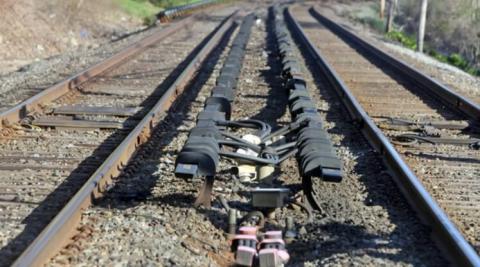
In the intricate web of rail systems, safety and reliability are paramount. Every component plays a crucial role in ensuring smooth operations and preventing potential hazards. Among these components, the reverse current relay stands out as a vital safeguard mechanism. Developed by Swartz Engineering, a pioneering force in rail technology, the reverse current relay serves as a critical protector against electrical anomalies within the rail infrastructure. In this comprehensive guide, we delve into the significance, functionality, and applications of the reverse current relay in the rail industry.
The Basics of Reverse Current Relay:
A reverse current relay, also known as a reverse power relay, is an electromechanical device designed to monitor and control the direction of electrical current flow within a system. In the context of the rail industry, these relays are strategically deployed to detect and mitigate instances of reverse current flow, which can pose serious threats to both equipment and personnel safety.
Functionality:
The primary function of a reverse current relay is to prevent the flow of current in the opposite direction than intended, thus protecting vital components from potential damage. When deployed in rail systems, these relays constantly monitor the direction of current flow, promptly detecting any anomalies such as regenerative braking or traction motor reversal. Upon detection, the relay swiftly triggers protective measures to isolate the affected section and prevent further escalation of the issue.

GET IN TOUCH
The ultimate solution for reliable power control! call us at 276-285-3841
Applications in the Rail Industry:
Reverse current relays find extensive applications across various segments of the rail industry, including:
1. Traction Power Systems: In electric traction systems, reverse current relays play a pivotal role in managing power flow between locomotives and the overhead catenary system. By detecting instances of regenerative braking or motor reversal, these relays ensure efficient energy utilization while safeguarding the integrity of the entire system.
2. Signaling and Interlocking Systems: Within signaling and interlocking systems, reverse current relays are deployed to monitor track circuits and detect any unauthorized current flow. This helps prevent signal failures and ensures the safe operation of trains by maintaining proper track occupancy detection.
3. Substation Protection: Reverse current relays are integral components of substation protection schemes, where they safeguard transformers, rectifiers, and other critical equipment from damage due to reverse power flow or system faults.
4. Overhead Line Equipment (OLE): In electrified rail networks, OLE components are susceptible to damage caused by reverse current flow during abnormal operating conditions. Reverse current relays provide essential protection to OLE equipment, minimizing downtime and ensuring uninterrupted service.
Benefits of Swartz Engineering Reverse Current Relays:
Swartz Engineering's reverse current relays offer several key advantages that set them apart in the rail industry:
1. Robust Design: Engineered to withstand harsh operating environments, Swartz Engineering relays boast a rugged construction that ensures reliability and longevity.
2. Precise Sensing: With advanced sensing technology, these relays provide accurate detection of reverse current flow, enabling swift response and effective protection.
3. Customization Options: Swartz Engineering offers customizable solutions tailored to meet the specific requirements of each rail application, ensuring optimal performance and compatibility.
4. Compliance and Certification: All Swartz Engineering reverse current relays adhere to industry standards and undergo rigorous testing to ensure compliance with safety regulations and certifications.
Conclusion
In the dynamic landscape of the rail industry, the importance of reliable and efficient protection mechanisms cannot be overstated. Swartz Engineering's reverse current relays stand as exemplars of innovation and reliability, offering essential safeguards against the risks posed by reverse power flow. From traction power systems to signaling infrastructure, these relays play a critical role in ensuring the safety, efficiency, and resilience of rail networks worldwide. As technology continues to evolve, Swartz Engineering remains at the forefront, driving advancements that elevate the standards of rail safety and performance.

GET IN TOUCH
The ultimate solution for reliable power control! call us at 276-285-3841
Contact Us Today!
Ready to enhance the safety and reliability of your rail systems with Swartz Engineering's cutting-edge reverse current relays? Contact us today to learn more about our customized solutions and how they can benefit your rail infrastructure. Don't compromise on safety – trust Swartz Engineering for unparalleled protection and peace of mind. Reach out now to secure your rail network's future.
Our Expert Services
Swartz Engineering provides top-quality products to meet our customers' needs. We also make sure our products work reliably and safely. Our products include:
- Type 76 DC Relay
- Type 82 DC Relay
- Swartz Engineering’s Type 64 Ground Relay
- Type 32 Reverse Current Relay
- Type 150 DC
- CSM Shield Monitor
- Metal Oxide Surge Arrestors
- Transducers
- MVIS SL Slim-line Contactor
- Fully-tested Power Control Rooms
- Swartz Engineering’s Portable Substations
